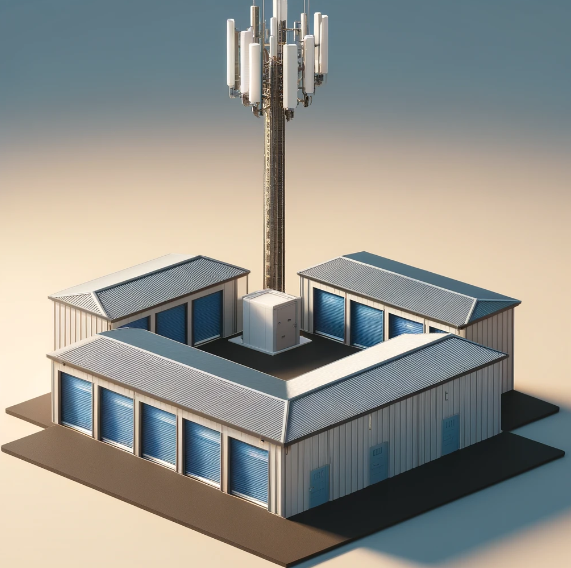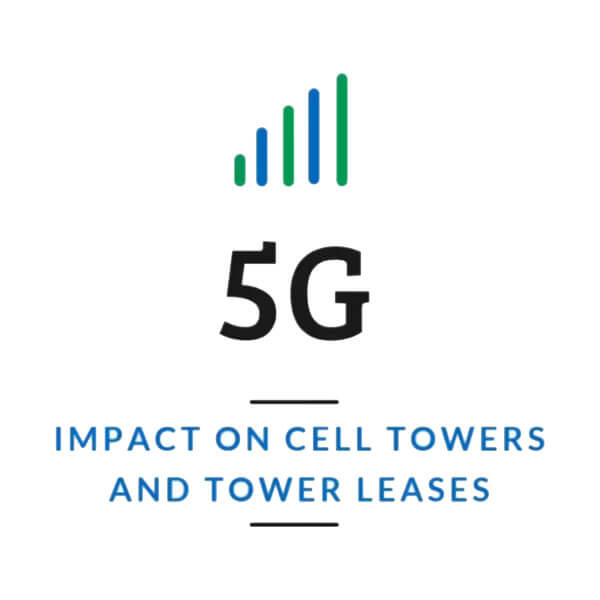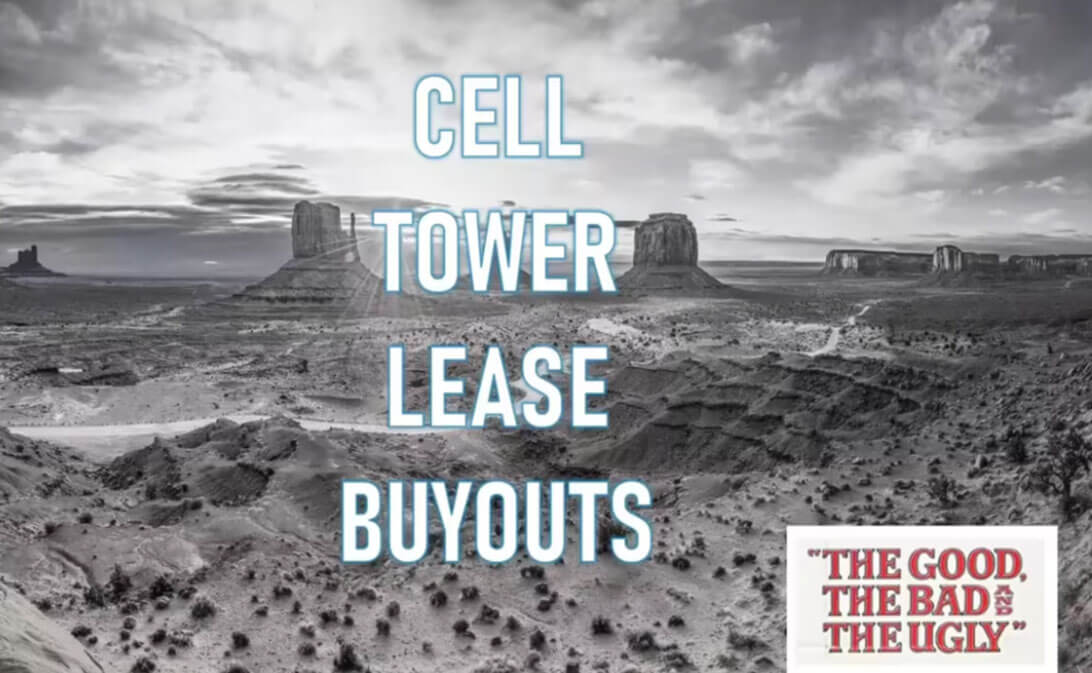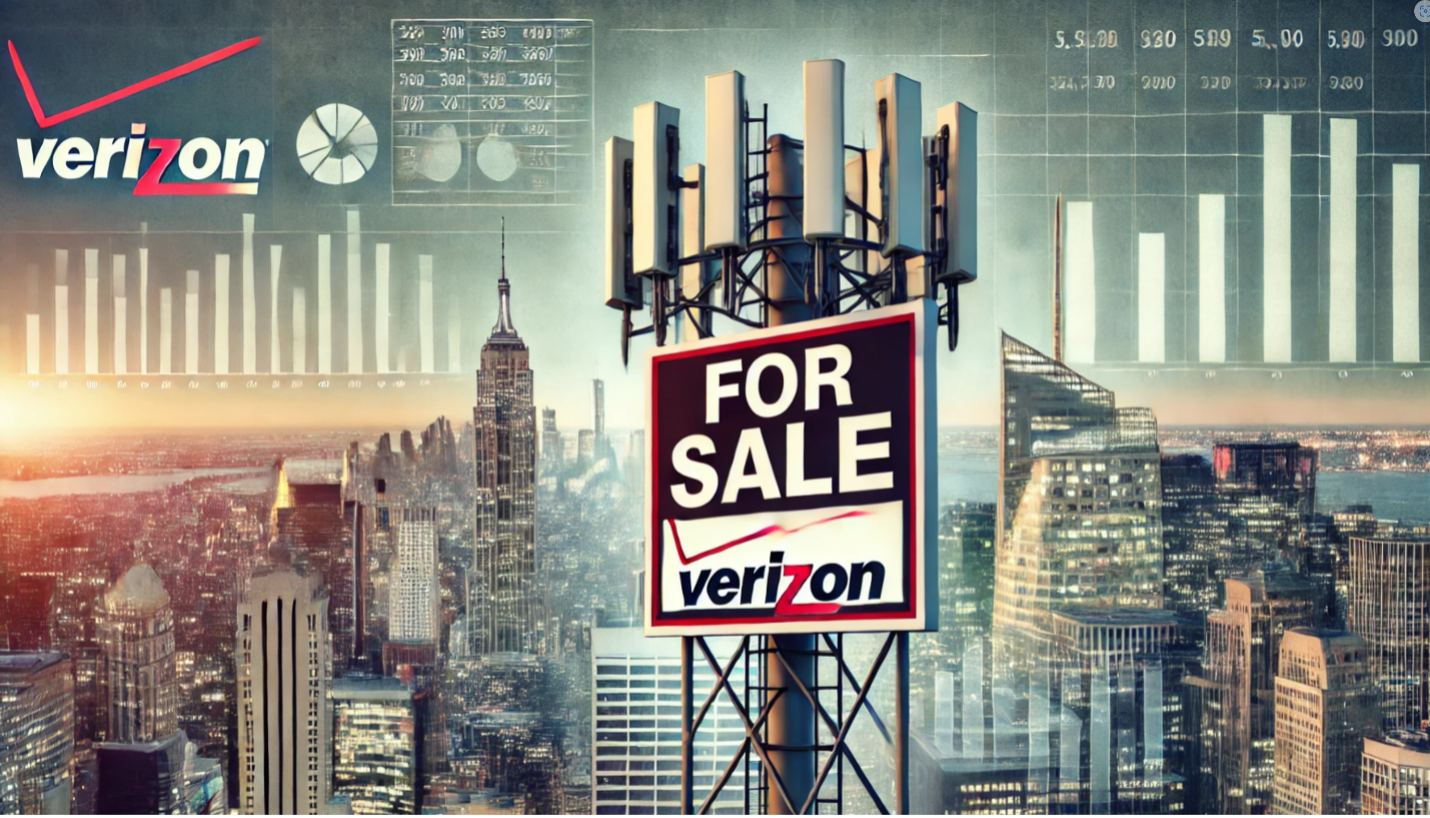C Spire Cell Tower Leases
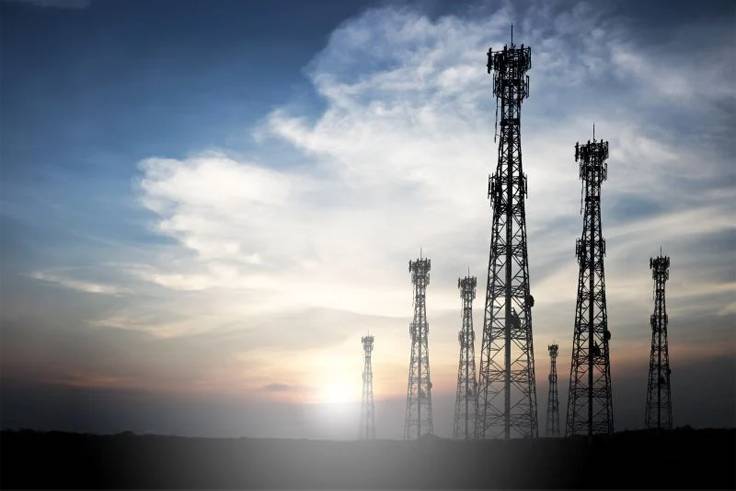
C Spire Wireless Today
Subscribers and Coverage
C Spire serves approximately one million wireless subscribers, and owns over 1,500 cell sites. It services markets in Mississippi, as well as Memphis and parts of Alabama and Louisiana.
Contact Us
Spectrum and Technology
In 2012, C Spire purchased $192 million worth of 700 MHz spectrum, which is considered to be incredibly valuable due to its ability to travel long distances and penetrate obstacles. Their goal was to deploy a 4G LTE network to service its entire customer base. However, due to some equipment incompatibilities (and costs) brought on by AT&T’s manipulation of the 700 MHz band, C Spire has been unable to complete this objective. They currently risk penalties from the FCC if they do not manage to utilize their 700 MHz licenses.
C Spire also owns AWS (1.7/2.1 GHz) and PCS spectra, which they have used (in tangent with a roaming agreement with Sprint) to expand their LTE network in over 30 cities in Mississippi. This number rose to 71 by the end of that year. C-Spire has said that they will also expand LTE coverage into Alabama and Florida by 2013 year-end.
In May 2013, C Spire teamed up with TowerCo, to promote cell site collocation across C Spire’s network. In June of 2013, Leap agreed to sell C Spire 10 MHz of its PCS (1.9 GHz) license, based in Biloxi, Mississippi – a deal which has been reviewed by the FCC.
AT&T negotiated a transaction with C Spire, wherein AT&T acquired 21,000 rural Alabama subscribers from C Spire’s subsidiary, Corr Wireless. In addition to the consumer base, AT&T gained 25 MHz of Cellular (850 MHz) spectrum in three counties; 10-15 MHz of PCS (1.9 GHz) spectrum in 25 counties; and 12 MHz of C-Block 700 MHz spectrum in 58 counties.
Evolution of C-spire Wireless
C Spire Wireless (Cellular South) 1988 – present Cellular South owned by Telapex, Inc. (a privately held company) began serving wireless consumers in 1988 on the Mississippi Gulf Coast using AMPS technology. Telapex also owns Telepak Networks, a provider of wireless services and several small Mississippi-based telecoms. In 2009, Cellular South purchased Alabama-based Corr Wireless, expanding its coverage into Georgia. In 2011, Cellular South rebranded as C Spire Wireless.
C Spire Contacts Property Owners with These Requests:
- To inquire about leasing land or structures upon which to build a new tower;
- To inquire about adding a new cell site to an existing structure, such as a building or tower;
- To inquire about modifying or expanding an existing lease to accommodate additional equipment (or new equipment), such as generators, fiber optic cables, and other utilities;
- To discuss collocation or subleasing agreements, which involve installing other wireless carriers’ equipment on the cell site;
- To discuss modifications of an existing lease that include, for example, the addition of a Right of First Refusal Clause (although these requests typically come through a lease optimization company); or
- To extend existing leases before they expire.
You may also have been contacted by a company working on C Spire’s behalf who is interested in buying your lease. Please see our lease buyout page. Steel in the Air can assist you with any questions relating to any aspect of cellular lease negotiations. We look forward to hearing from you.
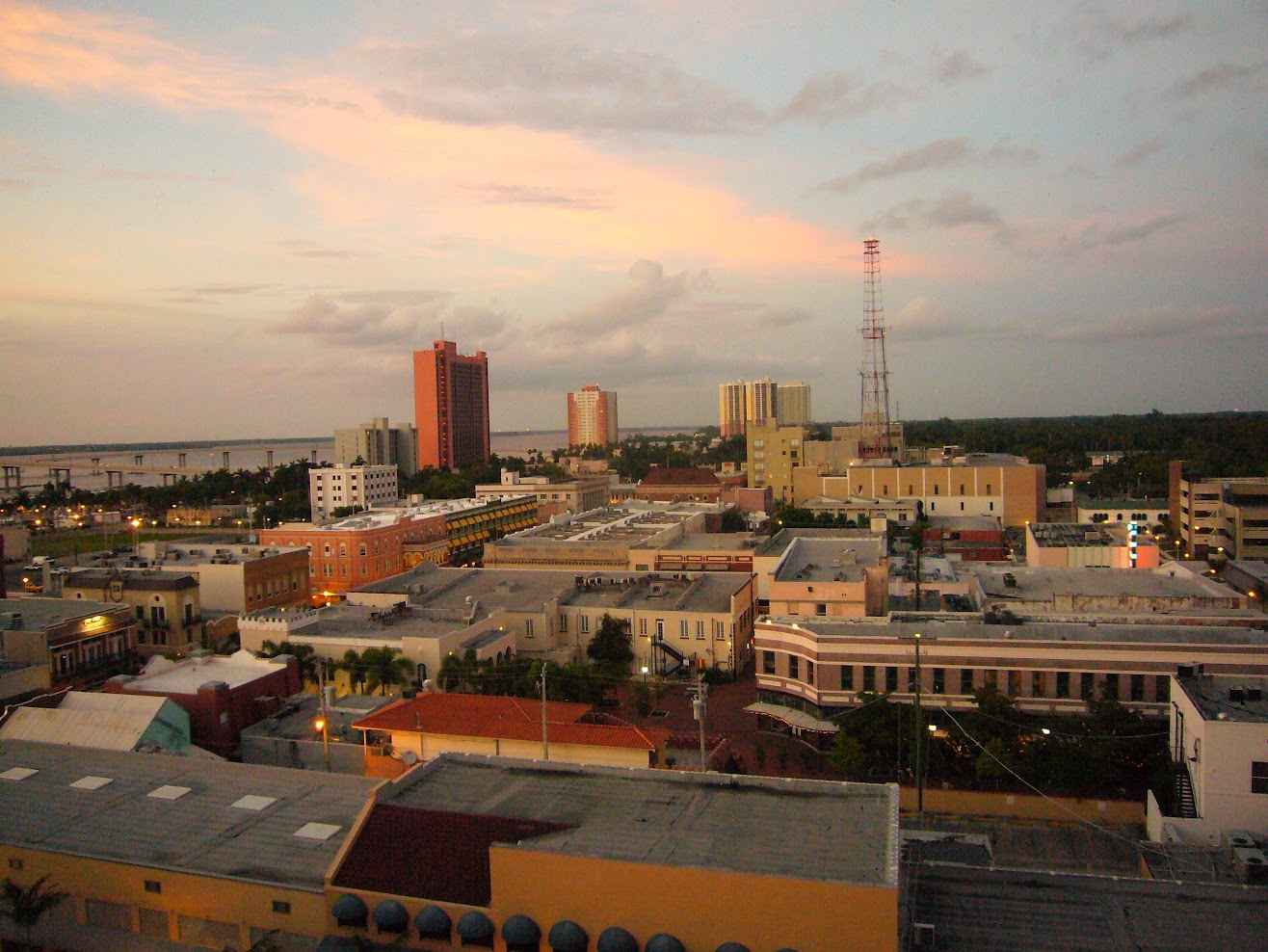
Insider tips
If you have associates who are also party to cell site leases, we advise you to take caution when comparing a potential new lease to theirs. You shouldn’t assume that they knew what they were doing, even if the amounts look enticing.
Consumer demand for higher speeds brought on by robust and rising Smartphone and tablet usage, and the pervasive 4G LTE and 5G technology migration, will drive future demand for cell site leasing. The number of cell sites in the U.S. alone surpassed 400,000 by 2015.

